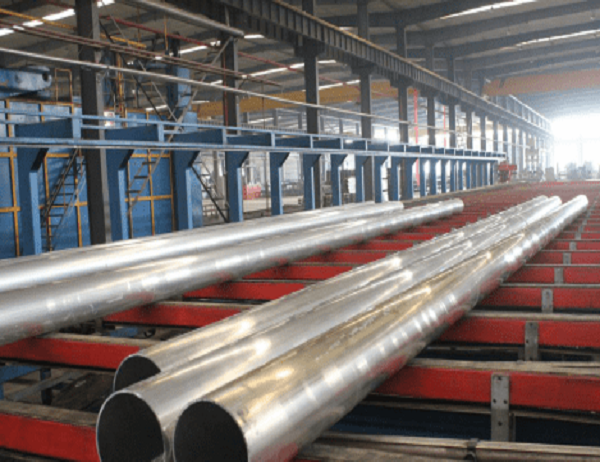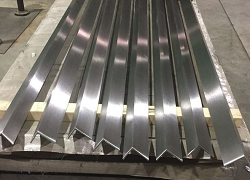The handling and storage of industrial aluminum profiles play a crucial role in preserving their integrity, preventing damage, and ensuring their durability. Proper practices are essential to maintain their dimensional accuracy, surface finish, and structural properties. This article will delve into the best practices for storing and handling industrial aluminum profiles, providing valuable guidance for professionals in the industry.
Protecting from the Elements
Store indoors: Aluminum profiles should be stored in dry, well-ventilated areas protected from direct sunlight, rain, and snow. Exposure to moisture can lead to oxidation, discoloration, and corrosion.
Use protective covers: If outdoor storage is unavoidable, cover the profiles with waterproof tarps or shrink wrap to prevent water ingress and damage.
Elevate from the ground: Store profiles on pallets or racks to elevate them from the ground to minimize contact with moisture and prevent corrosion.
Prevention of Mechanical Damage
Handle with care: Use proper lifting techniques and equipment when handling profiles to avoid bending, scratching, or denting.
Protective packaging: Ensure that profiles are securely packaged and supported during transportation to prevent damage from impact or vibration.
Use soft materials: When stacking profiles, use soft materials such as cardboard or foam between them to prevent scratches and abrasion.
Avoiding Corrosion and Oxidation
Clean and dry before storage: Before storing, clean profiles thoroughly with a solvent to remove any dirt, grease, or debris that could promote corrosion.
Apply protective coatings: If the storage environment is particularly humid or corrosive, consider applying protective coatings such as waxes, oils, or rust inhibitors.
Use desiccants: Place desiccants around the profiles to absorb moisture and prevent oxidation.
Other Considerations
Proper stacking: Stack profiles horizontally to prevent bending or warping. Distribute the weight evenly to avoid excessive pressure on individual profiles.
Secure storage: Store profiles in a secure area to prevent unauthorized access or theft.
Regular inspections: Conduct regular inspections to monitor the condition of profiles and identify any potential issues before they escalate.
Conclusion
By following these best practices for storage and handling of industrial aluminum profiles, professionals can ensure the preservation of their quality, durability, and dimensional accuracy. These guidelines help minimize damage, corrosion, and oxidation, maximizing the lifespan of these valuable materials. By adhering to these practices, industries can ensure the optimal performance and longevity of their aluminum profile investments.



